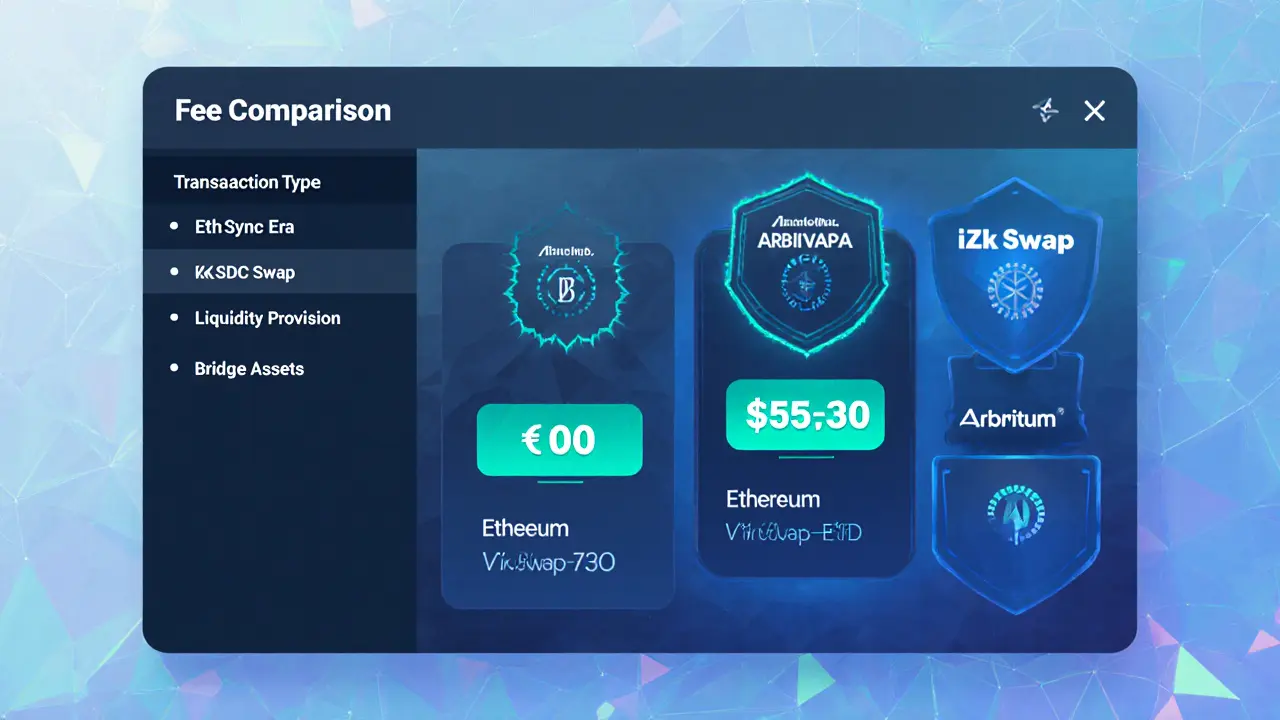Concentrated Liquidity Explained – Your Guide to Efficient DeFi Trading
When working with Concentrated Liquidity, a method that lets liquidity providers lock funds into specific price ranges instead of across the entire curve. Also known as CL, it boosts capital efficiency for decentralized exchanges. A key player in this ecosystem is the Automated Market Maker (AMM), software that automatically prices assets based on the pool's liquidity, which relies on Liquidity Provider (LP), any user who deposits tokens into a pool to earn trading fees. Platforms like Uniswap V3, the version of Uniswap that introduced concentrated liquidity have popularized this approach, changing how traders think about risk and reward.
Traditional AMMs spread liquidity evenly from zero to infinity, which means most capital sits idle far from the current market price. Concentrated liquidity lets LPs define a custom price range where their funds are active. This means a smaller amount of capital can support the same trade volume, leading to higher fee yields. For example, an LP who pins $10,000 between $1.95 and $2.05 on a stablecoin pair can earn comparable fees to someone who locks $100,000 across the full curve.
From a trader’s perspective, this efficiency translates into tighter spreads and lower slippage. Because more liquidity is packed where trades actually happen, you’ll notice better price execution, especially on volatile pairs. On the flip side, if the market moves out of your chosen range, your liquidity becomes inactive, and you stop earning fees until you adjust the range. That trade‑off is the core risk‑reward balance that LPs manage daily.
Tools like on‑chain analytics dashboards, liquidity heatmaps, and fee calculators have emerged to help users track their positions. Market Pulse 11, for instance, offers real‑time liquidity depth charts and alerts when price ranges drift. By monitoring these signals, you can rebalance before your capital sits idle, reducing opportunity loss. Many platforms also provide auto‑rebalancing bots that tweak ranges based on volatility thresholds, letting you stay in the sweet spot without constant manual effort.
When planning a concentrated liquidity strategy, start by assessing the token’s price volatility, typical trade volume, and fee tier. Choose a range that captures most daily price movement but isn’t so wide that you waste capital. Regularly review the range as market conditions shift—especially after major news events or macro swings. Remember, tighter ranges boost fee earnings but increase exposure to impermanent loss if prices swing sharply. Balancing these factors is key to sustainable returns.
Below you’ll find a curated collection of articles that dive deeper into related topics—exchange reviews, airdrop analyses, and blockchain insights—all designed to give you the context you need to apply concentrated liquidity effectively in your own trading toolkit.

A concise iZiSwap (zkSync) review covering fees, liquidity model, token support, traffic stats, airdrop potential, and safety considerations for crypto traders.
- Read More
